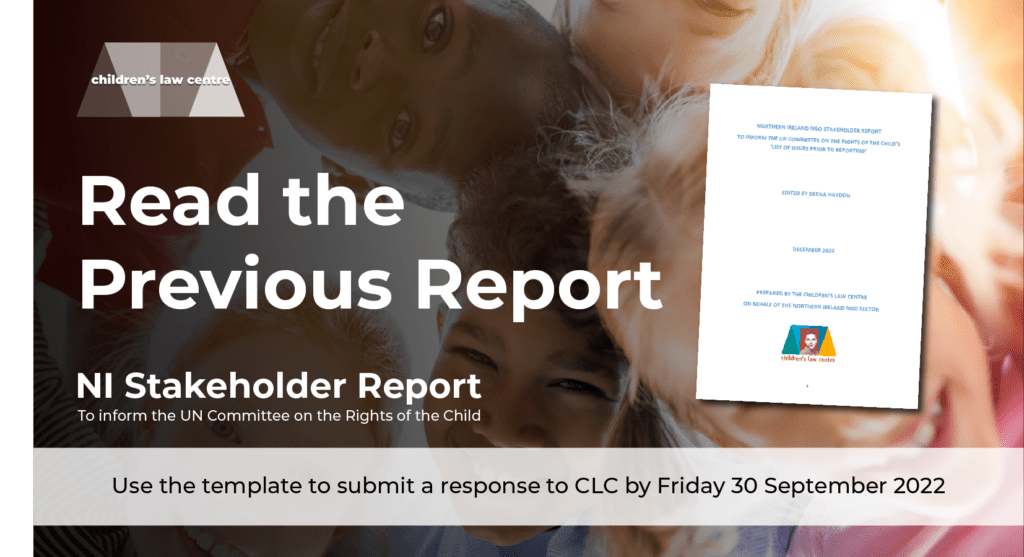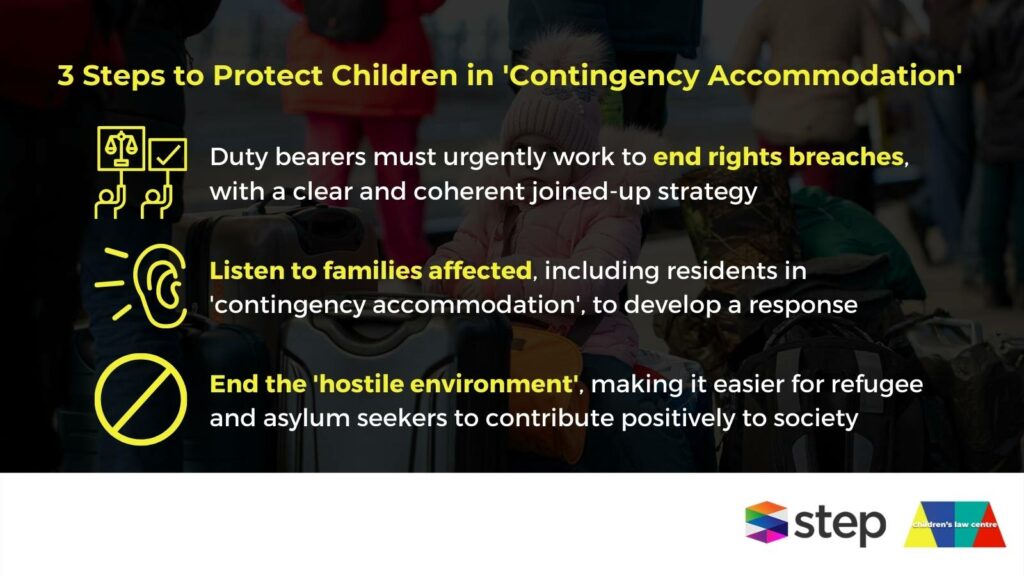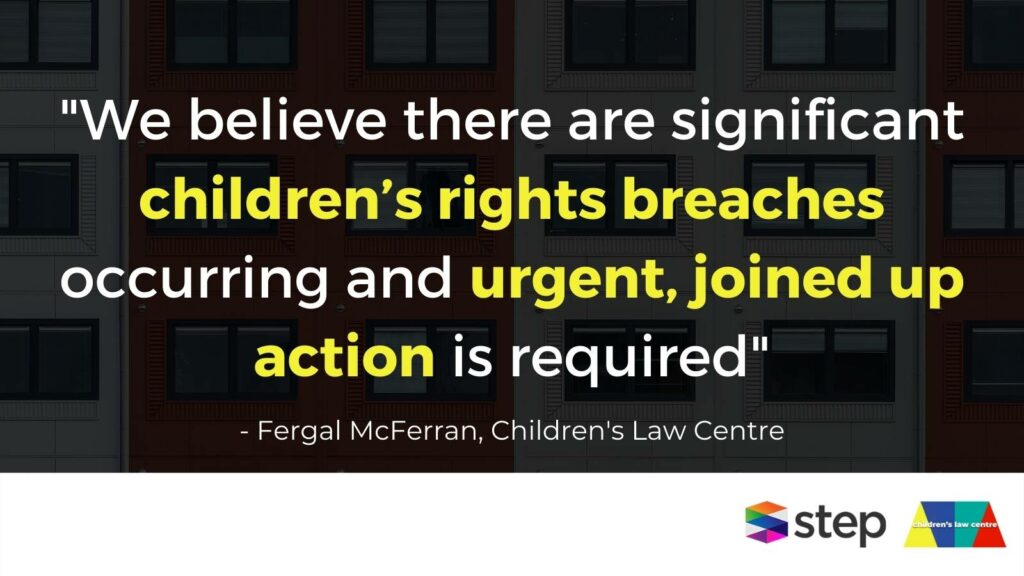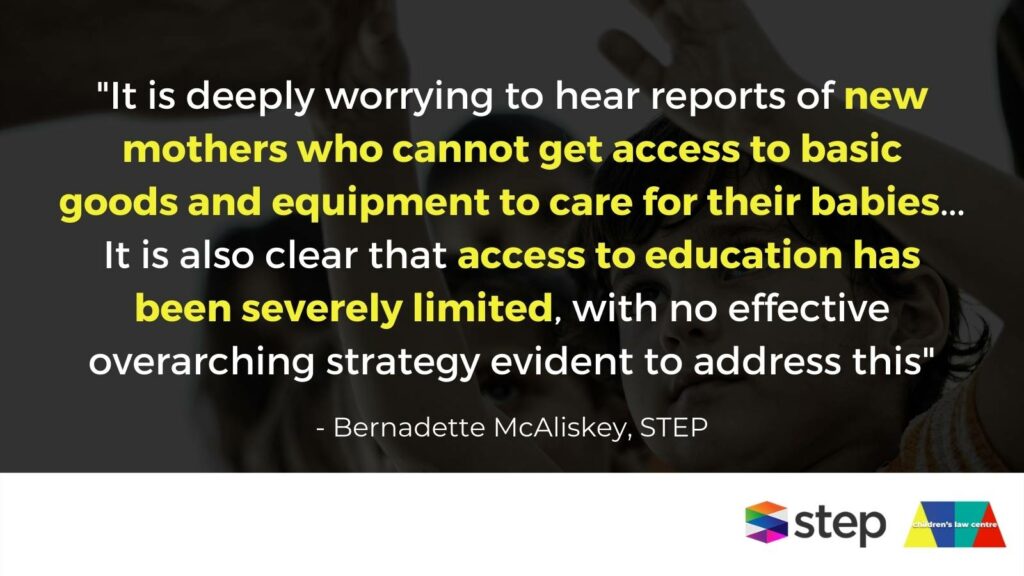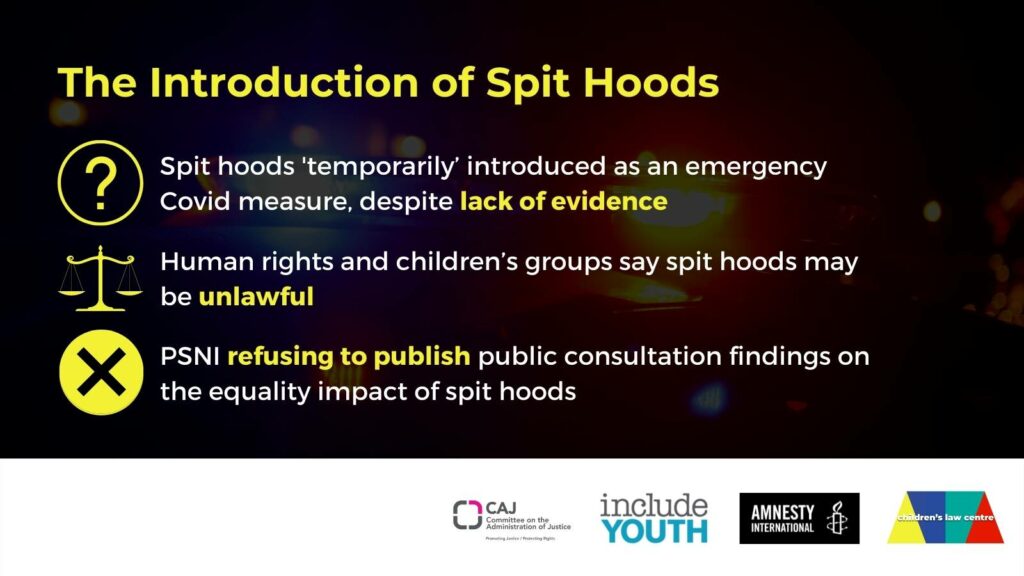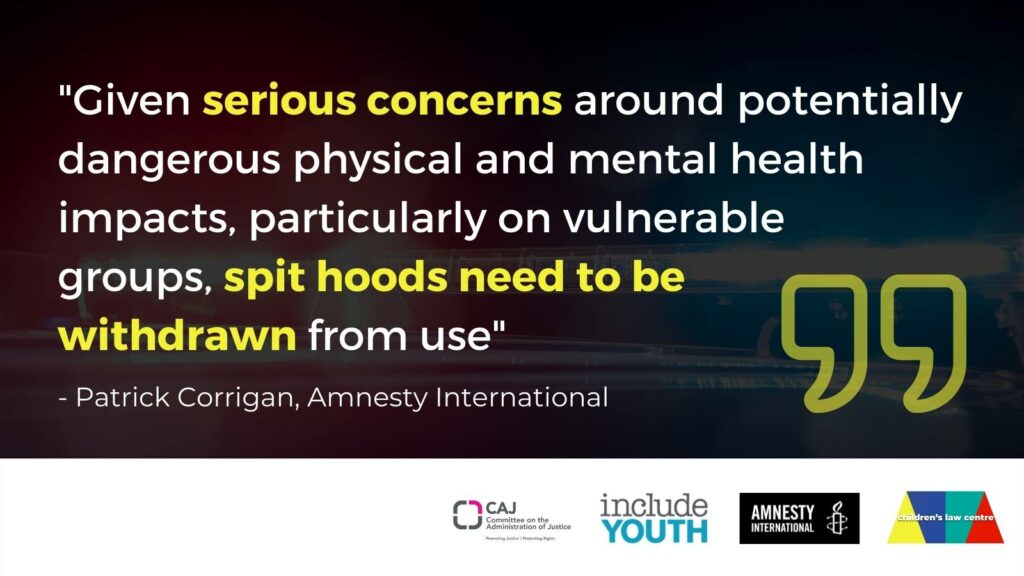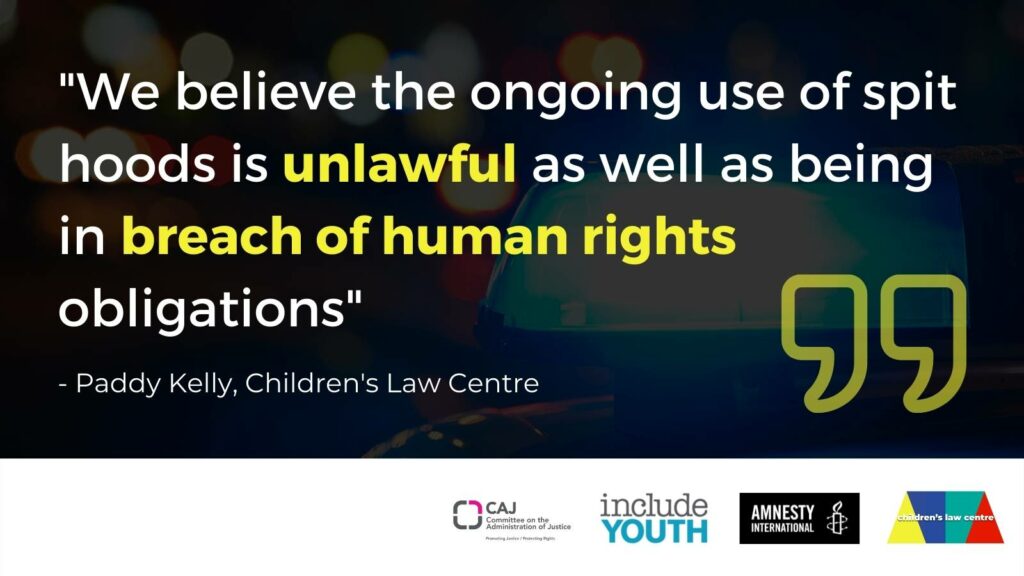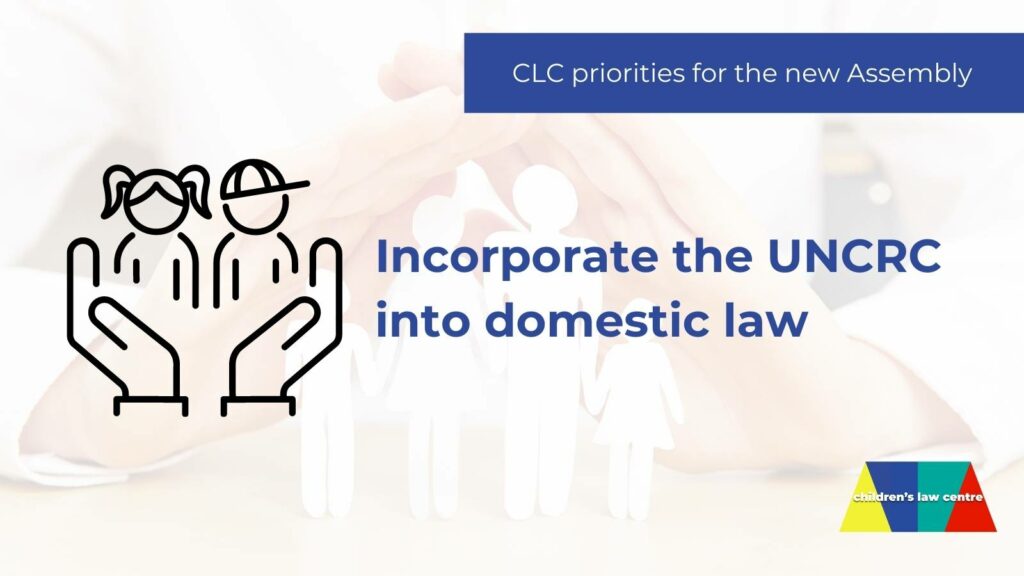30 September 2022
The Children’s Law Centre has called for significant reform of the youth justice system following publication of the inspection of Woodlands Juvenile Justice Centre (JJC) by the Criminal Justice Inspection NI. The report echoes a number of persistent issues recently raised in ‘Tracing the Review’, a report launched by CLC, Include Youth, VOYPIC and NIACRO.
Claire Kemp, CLC’s Policy Officer, commented: “While it’s welcome to see the report recommending regular staff training on children’s rights, it’s a source of great frustration that persistent systemic issues continue to be unaddressed.
“There are issues that have been raised in previous reports, raised in the youth justice review over ten years ago, and raised in ‘Tracing the Review’, a report written by leading academics last year. Children are being failed and that failure is having a damaging impact on the children themselves, on our public services and on our society. The pace of change needs to be much quicker.”
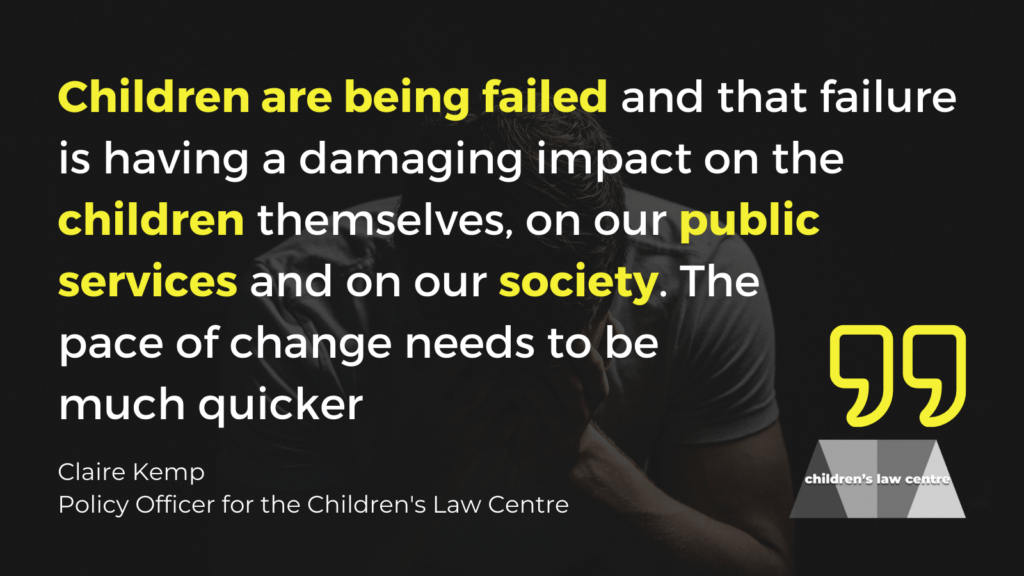
“The report again demonstrates that custody is not being used as a last resort, with children instead being admitted because there are no alternative options. This can often be children who have been involved in minor incidents and admitted to the JJC under article 39 of Police and Criminal Evidence (Northern Ireland) Order 1989 (PACE) pending court appearance. Or homeless young people held in custody because they have no alternative bail address.
“In fact, the report shows that 77% of all admissions are under PACE, yet only 50% of these result in being remanded or sentenced by the court. There needs to be alternatives for these children, they should not be admitted to the JJC.

“It also remains deeply concerning that there is a significant over representation of particular groups of young people. Children in care, children with mental health needs, care experienced children and children from a catholic background are all over represented in custody at the JJC. This points to significant failings to provide the necessary support to these children before they reach custody. “The report rightly points out that the cost of admitting a child to the JJC is in excess of £800,000. This is money that could be better spent on interventions aimed at keeping children who are on the edge of the criminal justice system out of it altogether.”


